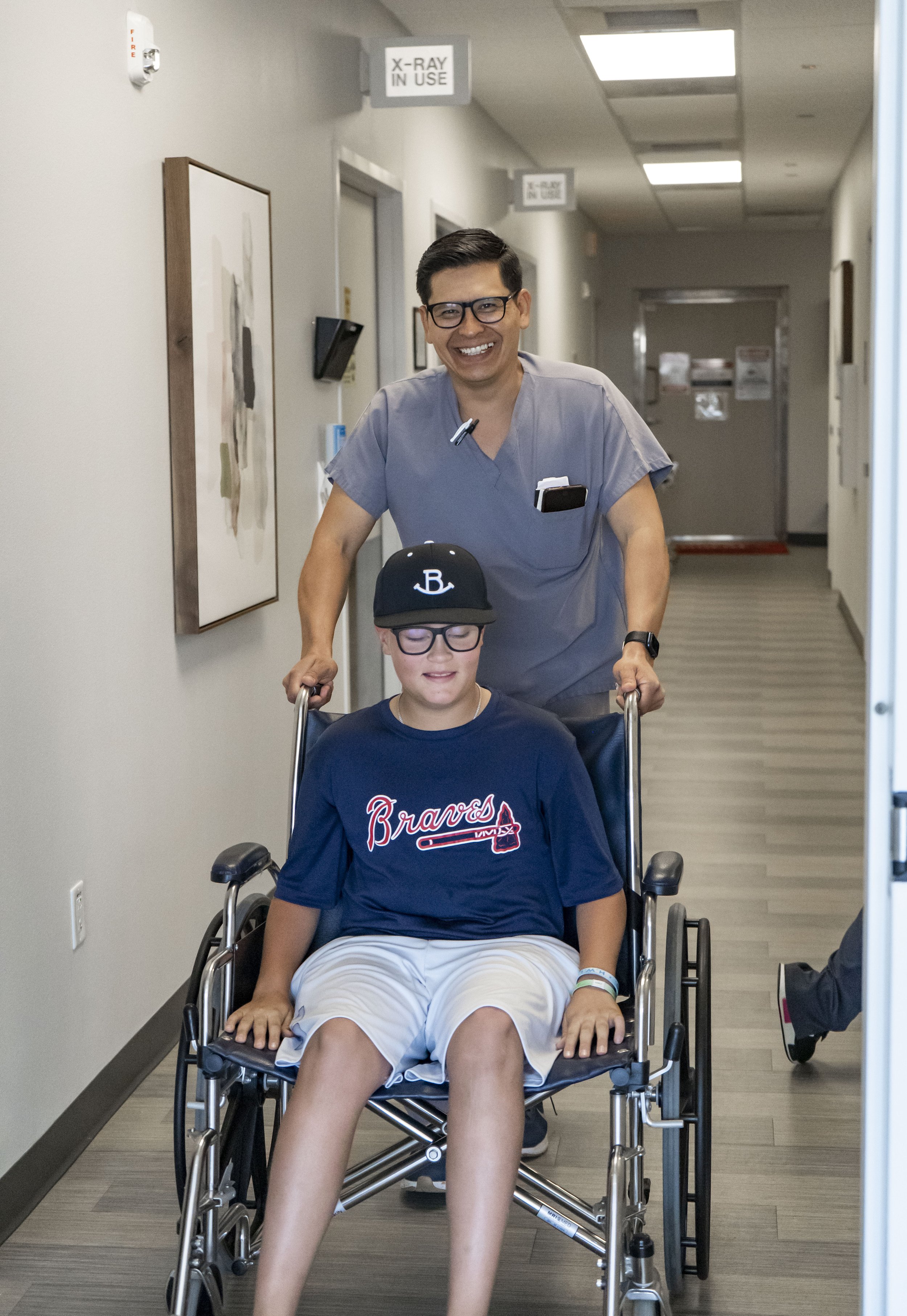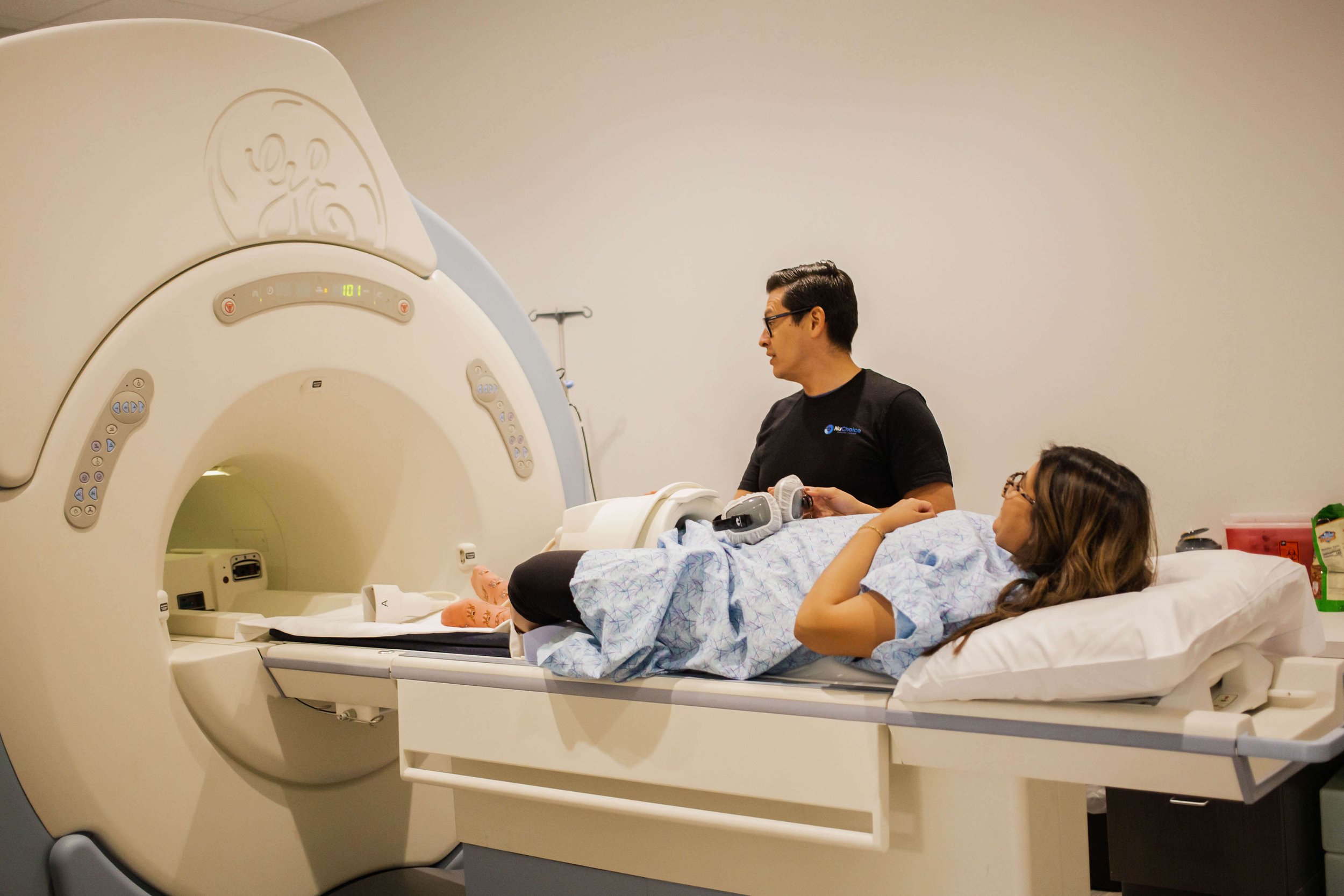Pediatric Imaging: An Overview of Radiologic Procedures in Children
Pediatric imaging is a branch of medical science concerned with the diagnosis and treatment of diseases in children. The field encompasses radiology (the study of X-rays), nuclear medicine (diagnostic tests using radioactive substances), and other modalities such as ultrasound, computed tomography (CT scans), magnetic resonance imaging (MRI), and positron emission tomography (PET).
Types of Pediatric Imaging Procedures
Pediatric patients, according to the FDA, are patients younger than 21 at the time of diagnosis or treatment. This is further subgrouped into neonates, infants, children, and adolescents. A child’s body weight and size are generally more of an important factor in determining the amount of radiation that can be used during a procedure. MRI scans, CT scans, X-Ray scans, and
Ultrasounds are used in order to diagnose and image the body’s internal structures of a pediatric patient.
Differentiating between Adult and Pediatric Imaging
When conducting these procedures on children of any age, there are many factors to consider to ensure overall patient health in the long term. With medical imaging that uses forms of radiation, children, unfortunately, have a chance of being exposed to it more so than adults because of their smaller body weight. Image Wisely says, “This is because [the] dose is defined as absorbed energy per unit mass, and therefore the same energy in a smaller mass will result in a higher dose per unit mass”.
Doctors take this into consideration when mapping out a diagnostic plan for your child, and in most cases, the benefits from medical imaging greatly overshadow risks. The FDA sets standards in place for safe and effective medical imaging in pediatric patients.
Apart from the smaller size of children compared to adults, pediatric patients are still growing and they have a longer life span compared to older patients who may be receiving imaging. Because of this, there are different approaches to reducing the amount of radiation a child is exposed to as well as keeping them safe.
Before Your Child's Procedure
Medical-related procedures and appointments can be anxiety-inducing for anyone, but especially a young patient. Explaining to your child what the appointment and the procedure will entail will help to ease any anxiety before, during, and after the appointment.
For older patients, sedation or anesthesia may be available to help aid the patient with anxiety they may be feeling before, after, or even during the appointment. Speak to your child’s doctor to see if they recommend this form of treatment for your child.
Read more about preparing your child for an MRI scan.
Pediatric X-ray Imaging
X-ray imaging is a form of medical imaging that uses radiation during the procedure. When it comes to pediatric x-ray imaging, the size of the imaging is considered heavily rather than the age due to the size of the equipment being used to run the procedure.
The FDA recommends that the lowest dose of radiation be used during these procedures to keep the patient as safe as possible. It can be useful to keep track and keep a record of all x-rays that your child receives as it pertains to the amount of radiation they are exposed to.
Pediatric MRI Scans
Pediatric MRI or magnetic resonance imaging is a medical imaging procedure that does not use any radiation but rather a magnetic field. This procedure is useful for a number of diagnoses whether it is an injury or illness.
The procedure takes place in a narrow, tube shape machine. Because of the nature of this procedure, this will be an appointment that you will need to talk to your child about so they can be well prepared for what is to come.
Pediatric CT Imaging
Pediatric CT imaging is a procedure for young patients for diagnosing a number of medical related conditions. This medical procedure is fast and painless, making for an easy appointment.
Depending on what part of the body is being imaged, your child may need to be administered contrast to get a better look at the internal structures. Contrast is a dye injected intravenously or by mouth, that aids in reading images with more clarity. Both of these may be uncomfortable for your child, but you and your doctor can discuss if this route will be taken and how you can best prepare for the appointment.
Radiation Safety for Children
There is a small amount of risk that comes with any exposure during medical imaging, but children and young adults are more at risk due to their size. But, it’s generally agreed upon that the benefits of pediatric imaging more than outweigh the risks.
Ultrasound imaging and MRI scans are imaging services that do not use radiation, so therefore the patient is not exposed. With CT scans and x-rays, radiation is used in order to produce the image being seen.
Positioning the pediatric patient during the imaging procedure can help with radiation exposure during these procedures. When it comes to radiation exposure, every patient can be different.
Depending on the layout of the exam and procedure rooms, your child may be alone for an extended amount of time. The technologist will be able to keep an eye on your child during the procedure while you wait.




